Plant Nutrient Management in Rainfed Farming Systems

Authors:
Global population growth and land-use pressure are placing increasing emphasis on expanding crop and animal output in rainfed agriculture. Rainfed areas of the world have some common features, but some unique biophysical and socio-cultural conditions. Rainfed agriculture in the Mediterranean region is characterized by cropping systems that have evolved from antiquity. The limited and seasonally variable rainfall exerts a major influence on the farming systems, which include production of cereals (wheat and barley) in harmony with livestock (sheep and goats). The region’s soils have been ‘nutrient mined’ for millennia and degraded through erosion; this poses constraints to output that are compounded by adverse socio-economic factors. The challenge to increase agricultural output centres on the adoption of technologies such as improved crop cultivars and enhanced crop nutrition. Chemical fertilisers are fundamental to producing more crop output from existing land in cultivation. The use of N and P, particularly has changed a once traditional low-input system to a high-input, relatively intensive one over the past 30 years. This chapter briefly examines the interactions of climatic and soil conditions in terms of how they impinge on crop nutrient use within a systems context, with emphasis on productivity and sustainability. Reference is made to the maintenance of chemical and physical fertility in rainfed cropping systems, balanced fertilisation, efficient use of nutrients in relation to crop rotations and soil moisture, exploitation of biological N fixation, implications of spatial and temporal variability, and factors conditioning change in the region’s rainfed agricultural sector.
